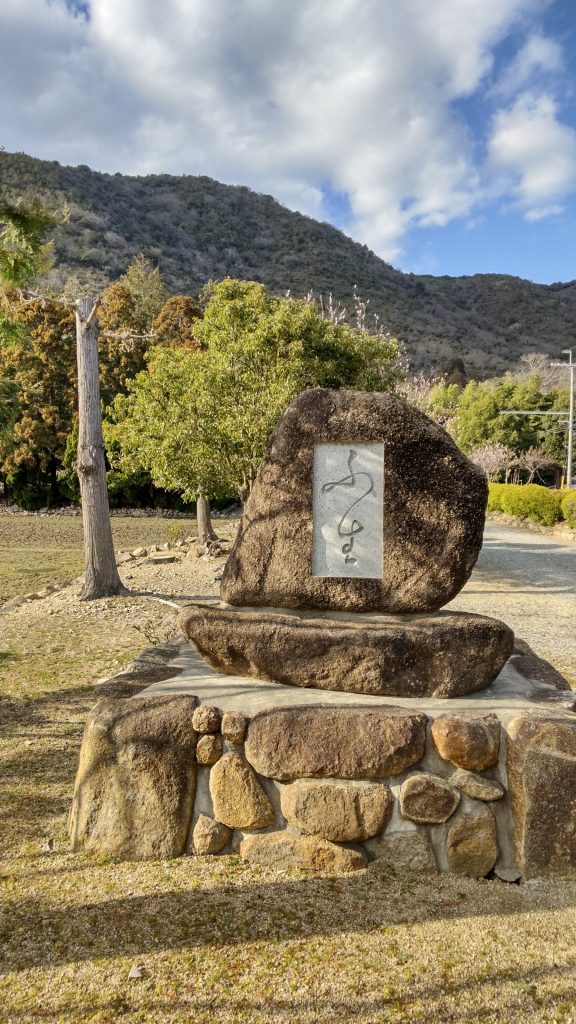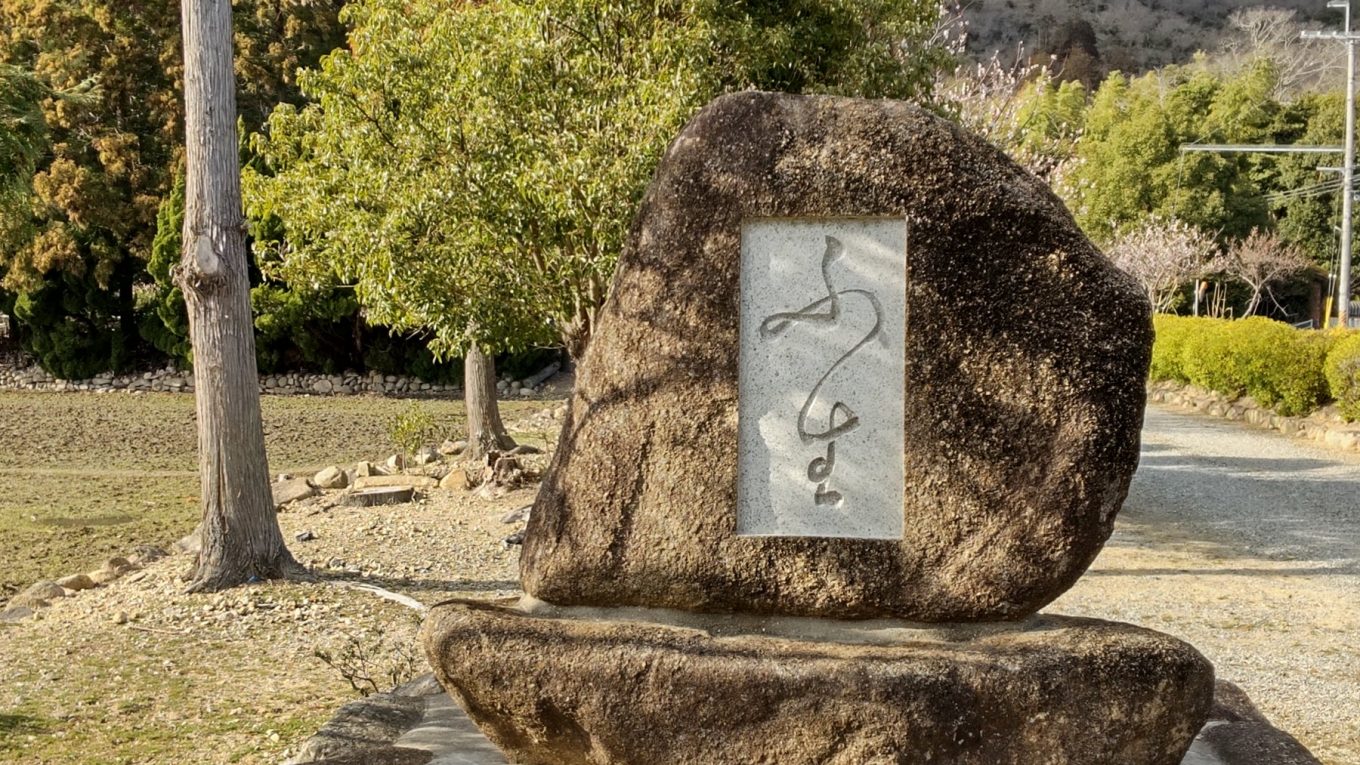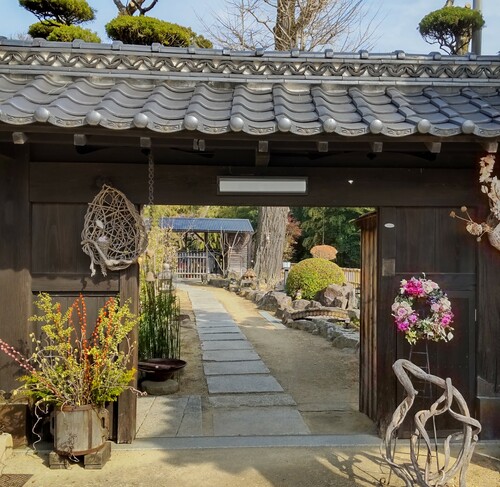The Heart Sutra
“Form is emptiness, emptiness is form.” Thus states one of the most famous and certainly one of the most enigmatic religious texts in the world, the Maha Prajnaparamita Heart Sutra (“Great perfection of Wisdom Heart Sutra” in Sanskrit), also known simply as the Heart Sutra. In Japanese is it called the Maka Hanya Haramita Shin Gyo ( 摩訶般若波羅蜜経 ), which is a rough transliteration of the Sanskrit title. Although there are many versions of the Heart Sutra, ranging in length up to 100,000 lines, what most people refer to by this name is the short version consisting of some 260 Chinese characters in typical Chinese and Japanese versions, or about 30 lines in English translation. It is not quite clear where exactly it orginated — India, central Asia and China have all been proposed as where it was first composed — nor exactly how old it is. The earliest extant written version is carved into a stone pillar dating from the early 600’s, but it is likely much older than that. Since then it has spread around the world, first becoming a central text in many varieties of Asian Buddhism, and more recently it has become popular in the Western world as interest in East Asian and Tibetan Buddhism has spread. New versions continue to be created to this day in a variety of media. One of my favorite newer versions it this musical rendition by a Japanese monk named Yogetsu Akasaka.
It is the most popular of all Buddhist sutras and is very much a part of life in Japan. Many people learn to recite it as children. It is frequently chanted in temple ceremonies, and individuals often chant it quietly to themselves on visiting prominent temples. In addition, bigger temples all have a place set aside for sutra copying where one can write or trace on thin paper the 260 characters of the sutra using a calligraphy brush or brush pen. Although there are shorter Buddhist texts that are available for copying, the Heart Sutra, which can take around an hour to write out in full, is always available.

Likewise, sutra copying kits of the Heart Sutra are for sale in many stationary shops with a copy of the sutra written out on heavy paper and stack of thin copying sheets to enable people to copy the text at home. Small, accordion-folded copies of the Heart Sutra are always for sale along with good luck talismans, temple calligraphic seal collecting books and other devotional items in the sales areas of bigger temples as well.
In spite of all of this, and as somewhat of a surprise to me, many people I have asked have claimed to not really know the meaning of this text. As someone who first encountered it as a part of North American zen liturgy, in English translation, the literal meaning of the words, if not their deeper significance or what they are pointing to, was the first thing that struck me. “Form is no other than emptiness, emptiness no other than form” — the words at least are clear, even if what they are getting at remains opaque. Here on the other hand, the version recited and copied is not written in modern Japanese, but in an ancient Sino-Japanese which is essentially a string of Chinese characters pronounced as they would be by Japanese speakers, but lacking any of the extra grammatical structure of the modern Japanese language. In addition it is often learned as a chant in the context of many other Buddhist chants heard at temples, where the literal meaning of the words, many of which are homophones, seems less important than its role in ritual performance and the pure musical sound of its rythmic chanting.
The fact that it seems not to be well understood among many laypeople is perhaps also a reflection of the abstraction of its content. It consists largely of a list of various ways in which early Buddhist philosophy characterized reality and the basic components of human experience, as well as key concepts from Buddhist practice and doctrine, declaring each in turn to be empty. This itself is fascinating to me, coming as I do from a culture steeped in a relgious tradition that asserts just the opposite — God in the Judeo Christian is often asserted to be the absolute fullness of being. Augustine speaks of evil as precisely the lack of substantial being resulting from something’s distance and estrangement from God. Embracing emptiness in the way advised by the Heart Sutra would seem to be embracing just this distance from the richness of divine being. While this is not really what the Heart Sutra advises, at least according to most interpreters, it is an easy misunderstanding to make. It is thus no wonder that some of the first Westerners to encounter this work, as well as Buddhism in general tended to read both as expressing a deeply pessimistic view of the world.
The Heart Sutra ends with a mantra, often chanted alone, which simply states “gone, all gone, completely gone, enlightenment at last!” This mantra is typically left in the orginal Sanskrit, as “Gatei, gatei, para gatei, para so gatei, bodhi svaha,” as written in the Latin alphabet, since as a ritually chanted phrase it is the sounds themselves that are at least as important as what they signify. This is an idea that goes back to ancient Hindu thought according to which sounds can directly express and bring forth the deeper reality that meanings can only hint at.
To give you more of a sense of this enigmatic text, here is a short passage in English translation from near the beginning:
Form is exactly emptiness, emptiness exactly form.
Heart Sutra, Zen Mountain Monastery translation
Sensation, conception, discrimination, awareness are likewise like this.
Oh Shariputra, all dharmas are forms of emptiness;
not born, not destroyed, not stained, not pure, without loss, without gain.
Anyone familiar with the literature of mysticism in any of its forms will recognize here a common method for attempting to describe the indescribable nature of god, brahma, or whatever name is given to ultimate reality — listing possible attributes and negating them all. The idea is not so much to describe or explain as to progressively clear away explanation and description and hopefully disclose in a direct way the ineffible reality underlying our everyday experience. This is what I take to be the central practice of zen (and probably of other forms of Buddhism in their own ways). As one sits in meditation, thoughts, sensations, feelings, plans, likes and dislikes inevitably arise, and rather than allowing them to take over, one notices and acknowledges them and then sets them aside. “Something comes up, see it, let it go,” is a common basic instruction for how to meditate. And one does this again and again and again. It is just this gesture of seeing, acknowledging and letting go that the Heart Sutra itself expresses and enacts.
In the history of Japanese Buddhism, some figures have boiled things down even more than the stark and spare Heart Sutra does. Bankei Zenji for one, spent several years sitting on a rock on the steep hillside behind where I now live. He became so obsessed with figuring things out that he retreated further and further from worldly affairs, spending long periods of time in the wilds doing solitary meditation, moving into a tiny hut where he ate so little and pushed himself so hard that he contracted tuberculosis. One day, as he was near death, he coughed up a big lump of black phlegm and spat it at the wall, as he watched it trickle down the wall he suddenly saw, in his words that “all is resolved in the unborn,” in a reference to the couplet “not born, not destroyed” from the Heart Sutra. He thought that the second pair of characters in this four character phrase 不生不滅 (fushou fumetsu) was itself redundant, so he claimed that all of his teaching was about nothing but “the unborn” 不生.
Unborn and imperishable
Bankei
is the original mind.
Earth, water, fire and wind —
A temporary lodging for the night.

At the entrance to Kofukuji, the small zen temple in Ako where Bankei spent his formative years, below the spot on the mountain where he spent so much time sitting on a rock, this boiling down of the Heart Sutra to its essence finds it complete expression in the single character signifying “NOT” carved into a rock. I often pass by this rock when I go for a bike ride up the valley, go running on one of my usual routes or return home from a trip up the mountain. I can almost feel this enigmatic NOT reverberating through the valley as I glance up at the steep, scrubby slopes of the mountain where Bankei sat. “Gatei, gatei, hara gatei, hara so gatei, bodhi svaha!”


